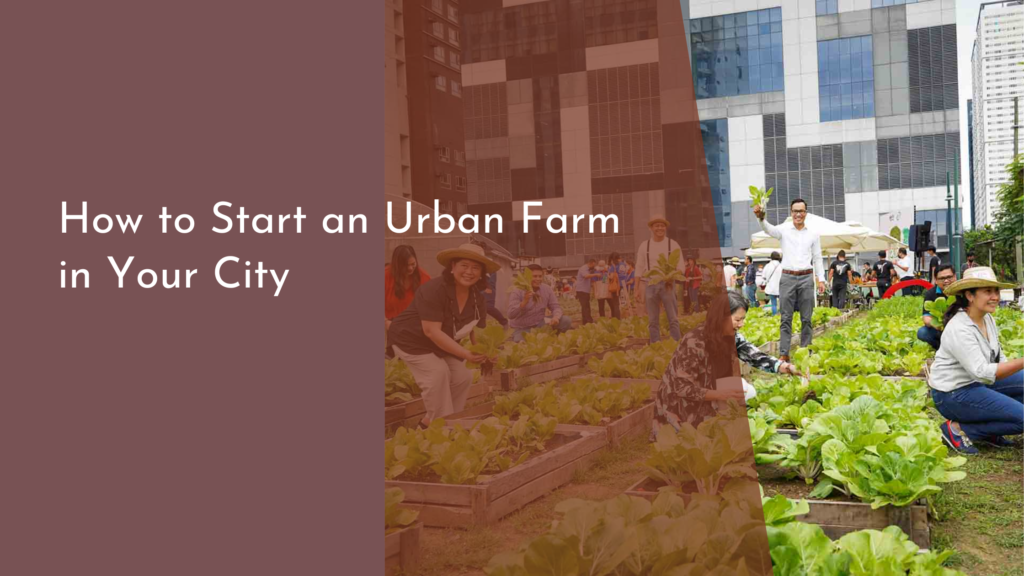How biodegradable baby bottles are made sustainable
In a world increasingly concerned with environmental sustainability, biodegradable baby bottles have emerged as a popular alternative to traditional plastic options. These innovative products not only meet the needs of parents looking for safe feeding solutions but also contribute positively to the planet. Understanding how these bottles are made and the materials that go into them is crucial for anyone interested in making eco-friendly choices. This article explores the intricate details behind biodegradable baby bottles, from the materials used to their manufacturing process, and how they fuel sustainability.
Understanding the Materials Behind Biodegradable Baby Bottles
Biodegradable baby bottles are primarily crafted from natural materials, such as plant-based polymers, which are derived from renewable resources like corn or sugarcane. This shift towards using organic materials not only helps reduce the reliance on fossil fuels but also minimizes the environmental impact associated with traditional petroleum-based plastics. These natural polymers are designed to break down more easily in composting environments, significantly reducing landfill waste compared to conventional plastic bottles.
In addition to plant-based polymers, many biodegradable bottles utilize additives that enhance their compostability. These additives help the bottles decompose at a much faster rate than traditional plastics, making them a more sustainable choice for environmentally conscious parents. The combination of renewable resources and advanced biodegradable technologies creates a product that is not only safe for infants but also kinder to the earth.
The Manufacturing Process: Crafting with Care and Precision
The manufacturing process for biodegradable baby bottles involves several key steps designed to maintain the integrity of the materials while ensuring the final product meets safety standards. First, the raw materials are sourced sustainably, with a focus on minimizing environmental impact during harvesting and production. Once the materials are gathered, they undergo a process of polymerization, where they are transformed into a form suitable for bottle creation.
Next, these materials are molded into shape using techniques similar to those used in conventional plastic bottle production, such as injection molding or blow molding. However, manufacturers pay special attention to the conditions under which these biodegradable materials are processed to avoid degrading their natural properties. The result is a high-quality bottle that is both functional and environmentally friendly, ready to support the nutritional needs of babies while promoting a healthier planet.
Eco-Friendly Innovations Fueling Sustainability in Bottles
The field of biodegradable baby bottles is continually evolving, with innovative technologies emerging to enhance their sustainability. Researchers and manufacturers are exploring new ways to improve the biodegradability of these products, such as incorporating innovative bioplastics that can break down in various environments, from compost heaps to landfills. These advancements not only make the bottles more environmentally friendly but also address concerns about the disposal of plastic products.
Furthermore, some companies are embracing a circular economy model, where used biodegradable bottles are collected, processed, and transformed into new products. This approach not only reduces waste but also fosters a sense of community responsibility among consumers. By investing in eco-friendly innovations, the industry is paving the way for a sustainable future where baby care products contribute to a healthier planet.
How Choosing Green Bottles Makes a Difference for Earth
Opting for biodegradable baby bottles may seem like a small choice in the grand scheme of environmental issues, but it has a significant cumulative impact. By choosing these bottles, parents actively participate in reducing plastic pollution, which has become a pressing concern for oceans, wildlife, and human health. Each biodegradable bottle used means one less plastic bottle contributing to landfill overflow and ocean waste.
Moreover, this choice sets a positive example for future generations. When parents choose sustainable products, they instill values of environmental stewardship in their children. The more we encourage the use of biodegradable products, the greater the demand for sustainable solutions in the marketplace. Ultimately, every small step toward sustainability counts, and by making conscientious choices, we can collectively create a greener, healthier world for our little ones.
In conclusion, biodegradable baby bottles represent a significant leap forward in merging convenience with environmental responsibility. By understanding the materials, manufacturing processes, and innovations underlying these products, parents can confidently choose bottles that are safe for their children and the planet. As we continue to embrace sustainable solutions, every choice we make can lead to a more promising future for our environment. So let’s celebrate the change and make conscious decisions that benefit both our babies and Mother Earth!

